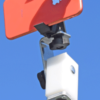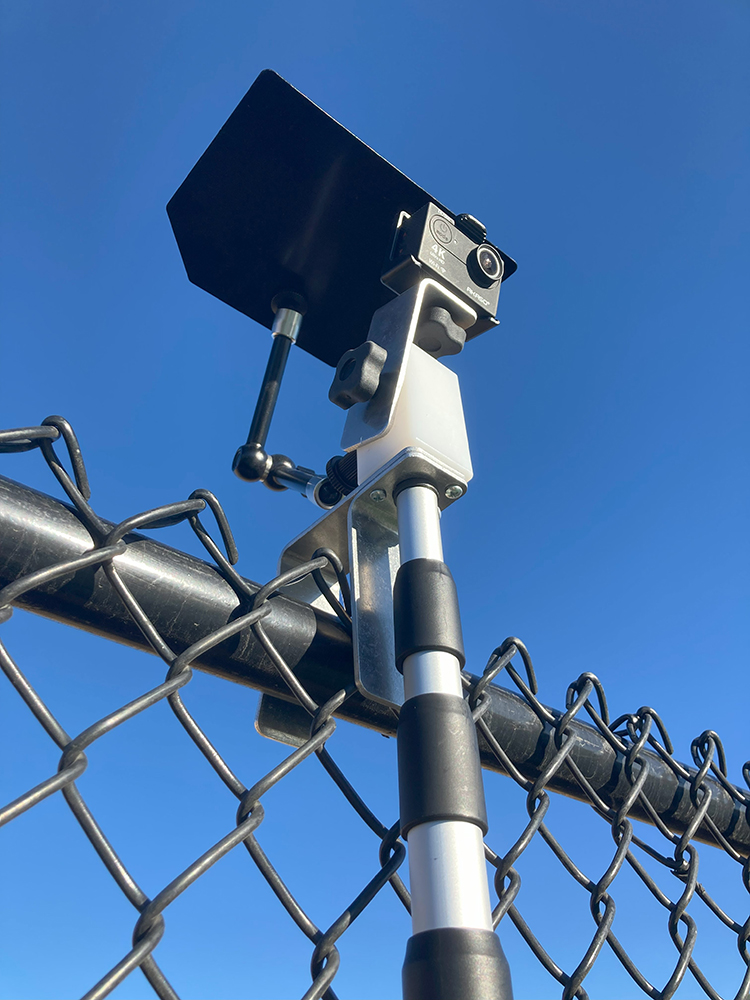WARDLAW DIRECTIONALS – SOME FUNDAMENTAL GUIDELINES.

Mike Lammens holding his Boulder Open champion’s trophy
If you are ever on the court and find yourself thinking too much, or if you can’t decide where to hit the ball, these two simple rules can help you out. Just recognize that it is the position of the player and the ball, not the ball and the court, that determines whether an inside or outside ground stroke should be hit.
The premise is this: There are two basic kinds of balls that come at you during a baseline rally. First, if the ball crosses your body, then your next shot will be defined as an outside groundstroke stroke, and if the ball does not pass in front of your body then you are hitting an inside groundstroke.
1) On an outside groundstroke (one where the ball crosses in front of your body), the most natural shot is almost always to hit the ball back where it came from, namely cross court so there is no change of direction of the ball. This way, the ball leaves the racquet strings at a 90 degree angle and fewer errors are made. To change the direction of the ball and go down the line is a more difficult shot and would also make you vulnerable if your opponent gets to your down the line shot in time to hit it crosscourt, where you are now running! Going cross-court does not give your opponent any chance to attack you, unless of course you hit it short, and then you are probably toast, as your opponent can hit a down the line approach shot and you are out of position and hitting while on the run. By the way, this is my favortie play, one that wins lots of point. So be careful not to hit short!


2) On an inside groundstroke, when the ball does not cross your body (for example during a forehand groundstroke exchange the ball suddenly comes to your backhand), it is probably better to change direction from this inside ground stroke and hit to the open court. Of course, the caveat here is that if you hit short and opponent gets to this next ball too easily, he can go down the line and you are scrambling to cover that ball, plus you are now hitting on the run. By using inside shots to change direction, though, you have the potential to take the advantage with a good shot. Just make sure you don’t leave yourself open to that down the line shot.


Try this out next time you are on the court and see how it goes. Let me know!














0 Comments